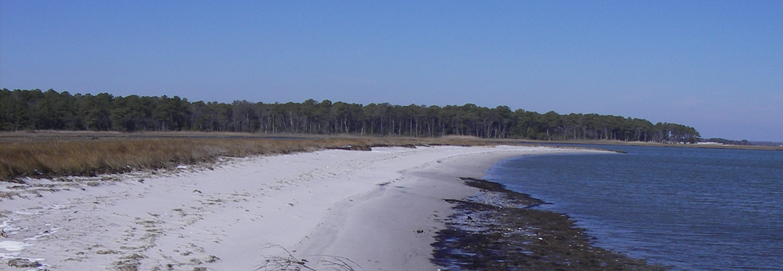Unique and rare wetland communities surrounding the Inland Bays include Atlantic White Cedar swamps, sea-level fens, and interdunal swales providing habitat for numerous rare plants and animals.
The Inland Bays watershed has lost approximately 60 percent of its wetlands since settlement, with the vast majority of loss occurring in non-tidal wetlands.
Research conducted by DNREC and the Center for the Inland Bays reveals that many of the remaining wetlands are in poor health. Thus an impetus to better protect and restore our remaining wetlands so these habitats can continue to provide valuable services, including protection from floods and coastal storms, water purification, and providing habitat for fish and wildlife.
Data garnered by the assessment of the Inland Bays Watershed helps to develop restoration and protection plans for the watershed’s wetlands and their adjoined habitats through a collaborative process with other natural resource programs and stakeholders. Outreach is being conducted in the watershed to share the results of the study with the public in order to foster support for and participation in restoration and protection initiatives.
The wetland assessment data garnered from this study is being used to design a restoration strategy for the watershed. The plan will be developed by an interagency team of scientists and managers.
Opportunities for both increasing wetland quality and quantity in target areas will be identified by integrating the data from the monitoring and assessment program with data from other strategies and efforts.
For more information about the Restoration Plan, contact Alison Rogerson, at 302-739-9939.

Related Topics: assessment, inland bays, watershed, watershed stewardship, wetlands